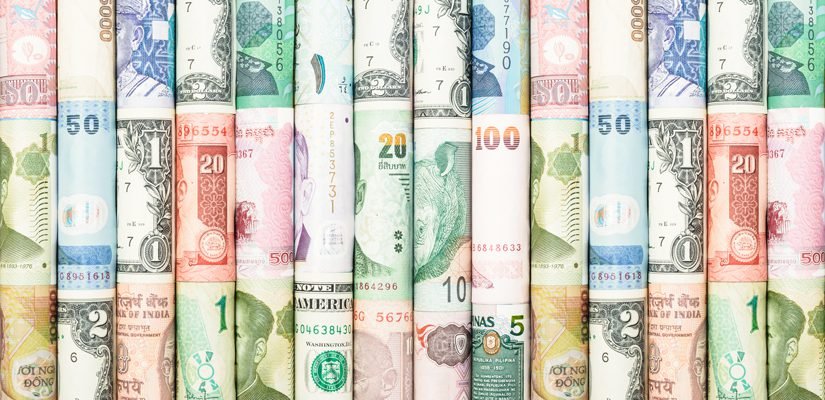In the latter half of the day, as risk aversion dominated the financial markets and the USD gained strength, the EUR/USD pair continued its daily decline and dropped under 1.0550. An echo of the American banking crisis, with a particular focus on Credit Suisse, spread to the Old Continent and served as the impetus.
Technical Overview


After losing around 200 pip from its daily high at 1.0759, reached during Asian trading hours, the EUR/USD pair is trading close to its daily low. The pair may continue to decrease, as shown by the daily chart’s strong negative momentum. The Relative Strength Index (RSI) indicator is currently hovering around 43 as technical indicators made a sudden lower move and crossed their midlines into negative territory. Moreover, the EUR/USD fell below a bearish 20 Simple Moving Average (SMA) and moved swiftly towards a bullish 100 SMA near 1.0550. At the 50% retracement of the 2022 decline, or 1.0515, the pair has a solid static support level.
The pair immediately fell below all of its moving averages, as seen on the 4-hour chart, and technical indicators are currently heading in the direction of oversold readings. Despite this, there are still further falls on the horizon, showing no signs of bearish weariness. Substantial stop losses are likely below the 1.0515 Fibonacci support; if they are activated, the decline may quicken.
Levels of assistance: 1.0515 1.0470 1.0420
Levels of resistance: 1.0640 1.0690 1.0745
Fundamental Overview



While risk-off dominated the financial markets during European trading hours, the EUR/USD pair fell below the 1.0540 price region. An echo of the American banking crisis that focused on Credit Suisse Group AG spread to the Old Continent and served as the impetus. As Ammar Al Khudairy, chairman of the Saudi National Bank, the bank’s largest shareholder, said the organisation would not receive financial support, shares of the Swiss bank fell by over 25%. The spreads on the bank’s five-year credit default swaps increased from 350 basis points (bps) at the beginning of the month to 565 bps, which caused trading to halt.
Lorenzo Bini Smaghi, a former member of the European Central Bank’s Executive Board, stated that the central bank should either postpone or scale back its scheduled interest rate increase this week to avoid making a policy mistake.
Positive European data slipped under the radar during the crisis in the banking industry. While industrial production in the Eurozone increased 0.7% MoM in January, above market expectations, Germany announced that the Wholesale Price Index increased by 8.9% YoY in February.
The mixed data from the United States, on the other hand, has added to the gloomy atmosphere. On the one hand, the February Producer Price Index (PPI) increased at an annualised rate of 4.6%, a slower rate than the 5.7% recorded in January and below the forecasted 5.2%. Retail Sales, on the other hand, fell by 0.4% in February, while the March NY Empire State Manufacturing Index fell from -5.8 to -24.6.
Fears are causing a rapid collapse in global stocks. The trouble at Credit Suisse is merely the tip of the iceberg. The Dow Jones Industrial Average is down more than 600 points before the market opens, and there are no indications that the sell-off will soon come to an end.
Source: Team CurrecyVeda





